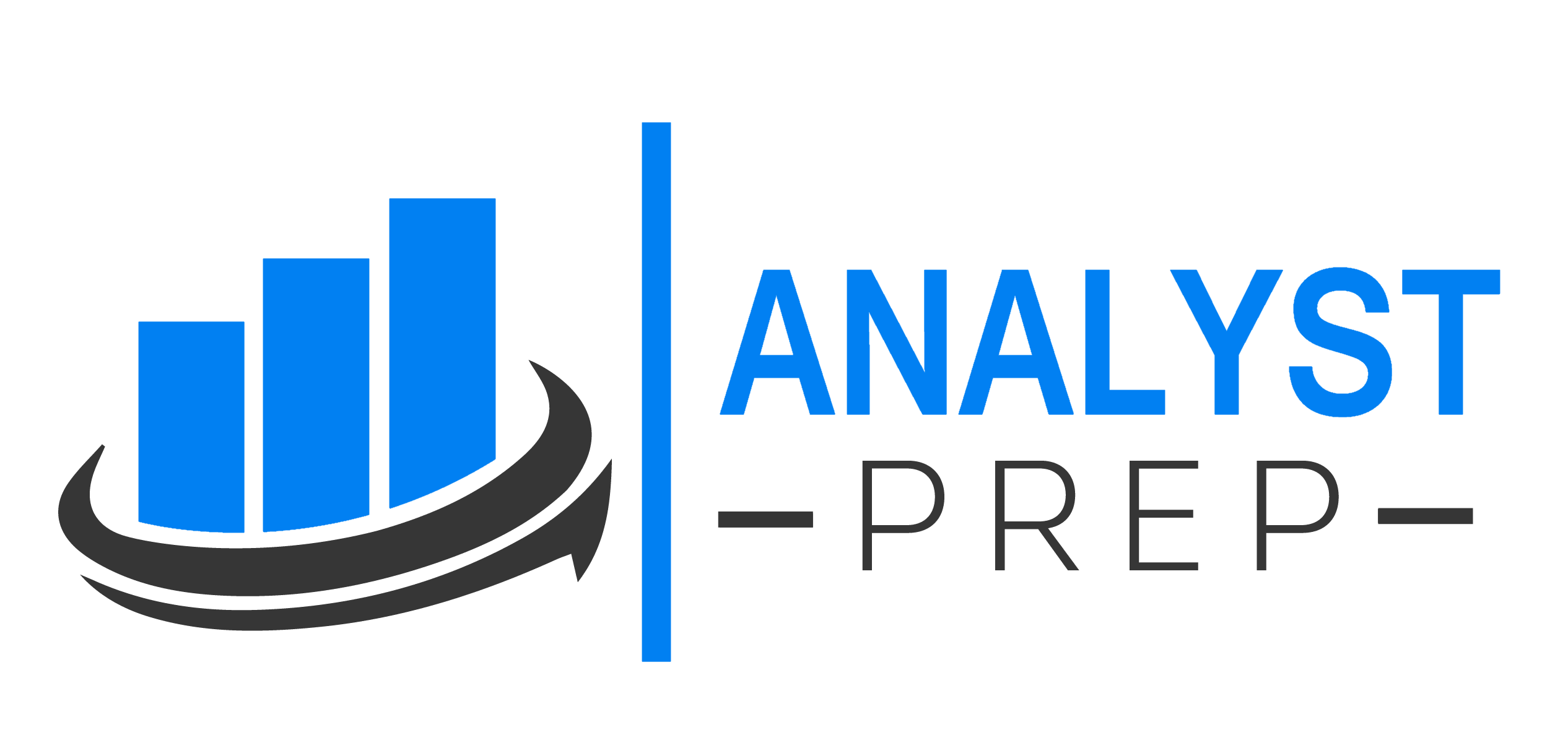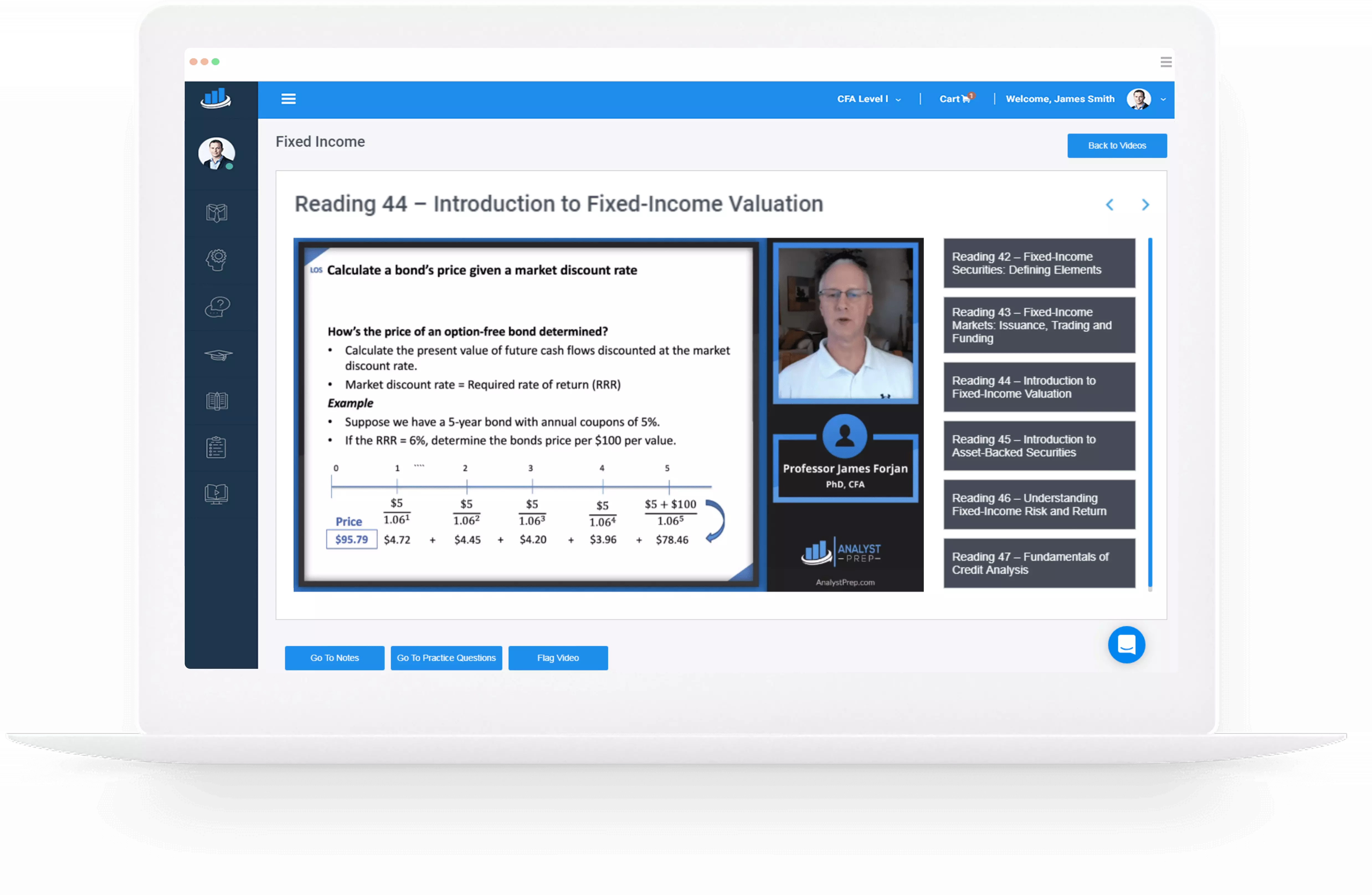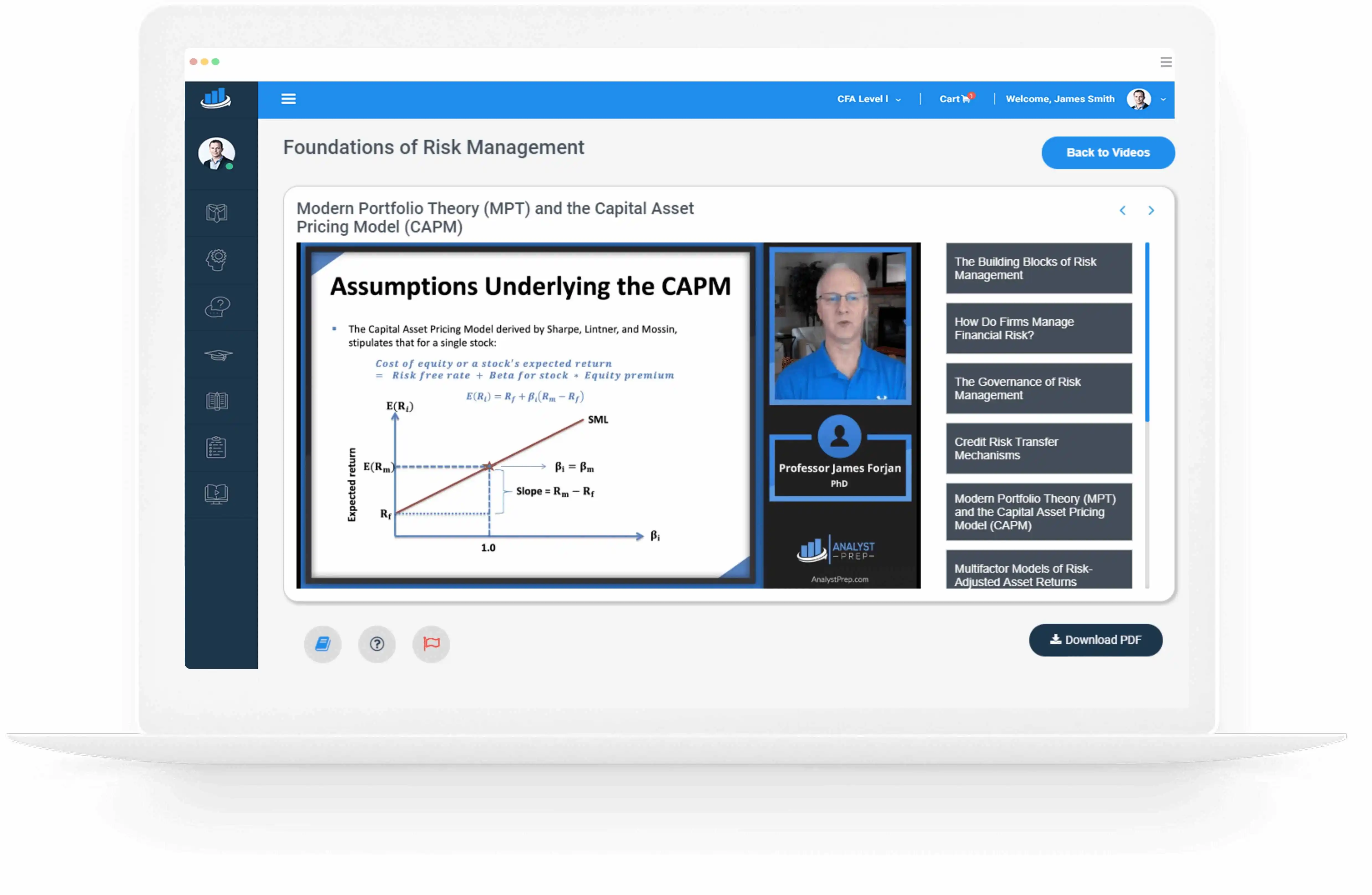Fundamentals of Compliance
The GIPS standards must be applied on a firm-wide basis. There are two important issues that must be considered by a firm when it complies with the GIPS standards: Definition of the firm. Definition of discretionary. Definition of Firm under…
GIPS Composites
A primary aspect of GIPS is to require composites, which are aggregate portfolios managed with a similar investment approach. Therefore, if a firm presents its record for a particular equity classification, all portfolios meeting pre-established criteria for that class must…
Concepts of the GIPS Standards for Firms
The following are the key concepts of the GIPS standards that apply to firms: GIPS are ethical standards for an investment performance presentation to ensure fair representation and full disclosure of investment performance. In order to claim compliance, firms must…
Global Investment Performance Standards (GIPS) Standards
The Global Investment Performance Standards establish a standardized set of ethical practices that guide practitioners in analyzing and presenting historical data as a basis for the comparison of investment results. Why GIPS were Created? These GIPS standards provide a basis…
Ethics Application
I. Professionalism Knowledge of the law Independence and objectivity Misrepresentation Misconduct II. Integrity of Capital Markets Material non-public information Market manipulation III. Duties to Clients and Prospective Clients Loyalty and prudence Fair dealing Suitability Performance presentation Preservation of confidentiality IV. Duties to…
Application of Technical Analysis to Portfolio Management
Regardless of whether the strategy is top-down or bottom-up, technical analysis complements fundamental analysis. Technical Analysis Applications to Portfolio Management: Top-Down Approach Analysts, traders, and investors who are interested in global equity markets usually start their top-down examination with global…
Technical Analysis Indicators
Technical analysis indicators are measures used to predict changes in the price of a security. These predictions are based on price, market sentiment, or flow of funds. Technical analysts try to establish how potential changes in supply and demand might…




